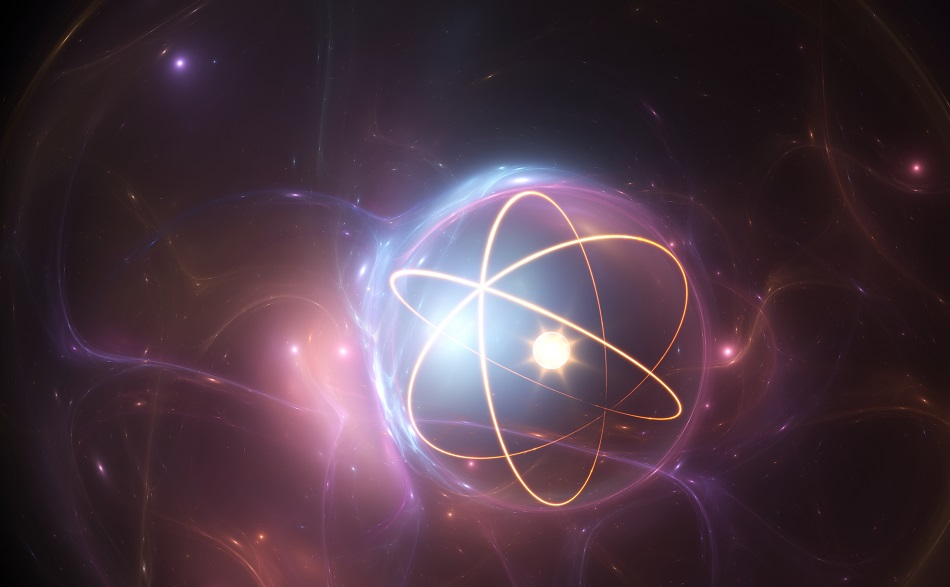Article Updated 6th July 2021

Image Credit: Jurik Peter/Shutterstock.com
When we speak of thermal analysis and quantum mechanics together, it is essential to talk about quantum thermodynamics. This is because the two require a continuous dialogue connecting two independent theories, namely thermodynamics and quantum mechanics. Thermal analysis involves studying the properties of materials as they change with temperature. Applying this to quantum research can be tricky to navigate but could potentially unlock the answers to problems, including energy shortage and computing limitations.
Today many countries take high-speed trains for granted. The French TGV and Japanese Shinkansen (known in the west as the ‘Bullet Train’) cruise at a regular 320kmph. Trains can travel faster than 30 years ago due to engineering advances and an increased understanding of the laws of thermodynamics. Thermal analysis in quantum research represents another avenue to increase engine power on the microscopic scale. This is because the theoretical quantum engine would be made of atoms rather than the much larger train engines we see on a modern locomotive. For example, tiny engines operating in the quantum realm are predicted to have increased efficiency due to a quantum boost.
This theory has been tested at the experimental stage by James Klatzow and his team at the University of Oxford. A tangible power increase was measured using a combination of nitrogen-vacancy (NV) centered in a diamond to realize a quantum heat engine. Whilst this might sound like something from the realm of science fiction, the quantum heat engine could represent a breakthrough for the future. Classical heat engines (e.g. steam, electric, petroleum, etc.) generate power through a series of ‘strokes’ that convert thermal energy into mechanical energy that drives a wheel or a jet propeller.
Quantum heat engines operate similarly, but the energetic states of a quantum engine’s ‘working fluid’ (like the steam in a steam locomotive or the electrical charge on a subway train) are in a coherent superposition. We can observe and control the fluid in the most efficient way possible by allowing for a greater energy transfer; hence a superior engine.
Thermal analysis’s role in this experimental success has led researchers to ask whether quantum engines could perform better than the classical designs used today. Following Klatzow’s test, a substantial power increase is predicted. Engines that run in the small action limit (where engine strokes are short leading to smaller heat and work exchanges) show a more prominent quantum coherence between different energy states. The suggestion is that this coherence boosts power for a quantum engine that far exceeds its classical counterpart.
But thermal analysis in quantum research has other benefits as well. It has been used for heat dissipation improvement for Quantum Cascade Lasers (QCL). Shigeyuki Takagi and a team of researchers from Japan have quantified the thermal resistance of QCLs using their structure functions. The analysis allowed them to succeed in increasing laser output by employing ridge structures in which thermal resistance was reduced. To achieve this and improve heat properties, they tested three different QCLs. One had its ridges covered with Si02, one had its ridge embedded with Au and the third was embedded with Cu. Temperature distributions were then measured with a thermoviewer and analyzed with 3-Dimensional simulations.
The results revealed a 9.3 to 6.5KW improvement in heat dissipation and thermal resistance. The results also showed the QCL embedded with the Au ridge had a 1.5 fold improved laser power compared to the QCL with the Si02 covered ridge. None of this would have been possible without thermal analysis at the quantum level.
Essentially, thermal analysis in quantum research has allowed us to describe the advantages and disadvantages of machines that might operate at and below the quantum threshold. Fortunately, a majority of thermal analysis in quantum research indicates a potential new field of exciting opportunities in the fields of engineering and computing.
Sources and Further Reading
Disclaimer: The views expressed here are those of the author expressed in their private capacity and do not necessarily represent the views of AZoM.com Limited T/A AZoNetwork the owner and operator of this website. This disclaimer forms part of the Terms and conditions of use of this website.